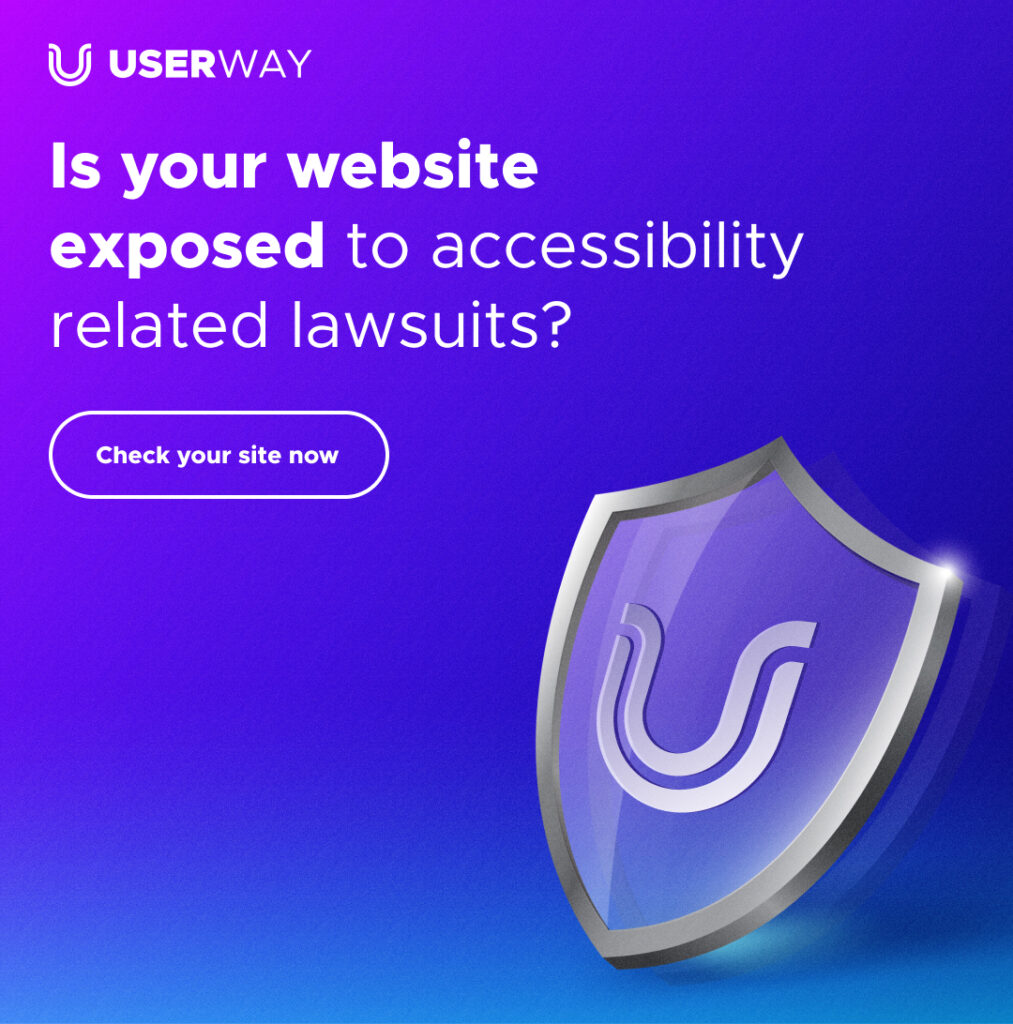To say the cloud is the latest trend in business technology is an understatement. It is widely adopted among companies for its cost savings, flexibility, scalability, and enhanced collaboration. There are a few organizations that don’t rely on the cloud, some more than others.
But lately, CIOs have been experiencing a syndrome known as cloud fatigue. With organizations using multiple security tools, they receive numerous alerts and false positives, contributing to a ‘boy cries wolf’ scenario. It makes it challenging to know which alerts are real.
Many organizations are aware of the dangers of cloud fatigue. But what can they do about it?
The Issues with Cloud Fatigue
Cloud fatigue leads to two significant issues as follows:
- Too Many Alerts: With multiple security systems in use, teams receive hundreds of alerts, too many to manage effectively if you want to accomplish anything else.
- False Positives: The alerts received are often false positives due to incorrect data and settings, making them even more easily ignored.
A global survey of over 800 IT professionals revealed that:
- 60% of respondents receive over 500 security alerts each day
- 55% of organizations miss critical alerts daily or weekly
- 62% of respondents say alert fatigue is contributing to turnover rates
- 60% of organizations say the issue contributes to internal friction
- More than half of companies say their IT staff spends at least 20% of their time attending to alerts
Which Type of Organizations are Prone to Cloud Fatigue?
Any company can experience cloud fatigue, but it is particularly common among the following organizations.
- Companies that integrate remote work: Remote work environments often rely on cloud-based services, which can increase the risk of cloud fatigue.
- International Organizations: Companies that conduct business internationally often utilize cloud services across multiple time zones and service providers. The different channels increase the prevalence of security alerts.
- Large Companies: Bigger organizations typically have complex work environments that increase cloud fatigue issues.
What are the Risks of Cloud Fatigue?
Companies that suffer from cloud fatigue face the following issues:
- Ignoring real threats: When alerts are ongoing, they are often devalued and ignored, increasing the risk that no one will respond when a genuine threat arises.
- Waste of Time: Organizations that spend time investigating alerts may experience reduced productivity.
- Burnout: Workers who constantly deal with threats experience burnout and stress that contributes to tense work relations and high turnover.
What to Do About Cloud Fatigue
Organizations can reduce cloud fatigue with the following strategies:
Limit Active Security Tools
The more tools you use, the more alerts you will receive. Streamlining systems may be the best solution.
Organizations should regularly review the systems they use, eliminating ones that underperform and consolidating accurate systems in a unified platform. For example, many modern systems offer multiple security features, including antivirus protection, login monitoring, extended detection and response capabilities, and managed detection and response solutions. Utilizing these systems minimizes the risk that your organization will be alerted multiple times about a single threat.
Be Intentional About Alert Settings
Companies should aim to set alert systems so they only receive notifications for actual threats. This may involve focusing on targets rather than entry points, and attack paths rather than silos. Identify and prioritize threats based on your vulnerabilities.
Additionally, aim not to integrate multiple systems that monitor for similar threats.
Eliminate False Positives
You can eliminate false positives by decreasing the number of security tools you utilize. Multiple tools often report on the same issues, increasing the risk of false positives in the workplace.
A third-party, trusted managed security solution can also be beneficial. These services specialize in filtering out false positives and alerting companies about issues that require attention.
Strategic Mitigation
Be aware that you may receive multiple alerts for a single issue. For example, if a CPU crashes, an organization may receive alerts for failed applications and a lack of network activity. However, the only warning that matters is the one addressing a CPU that’s no longer functional.
Rather than trying to address all alerts, companies should prioritize the one that matters. All other issues should fall in line.
Want to learn more about creating more efficient systems for your organization? Sign up for our newsletter today.



0 Comments